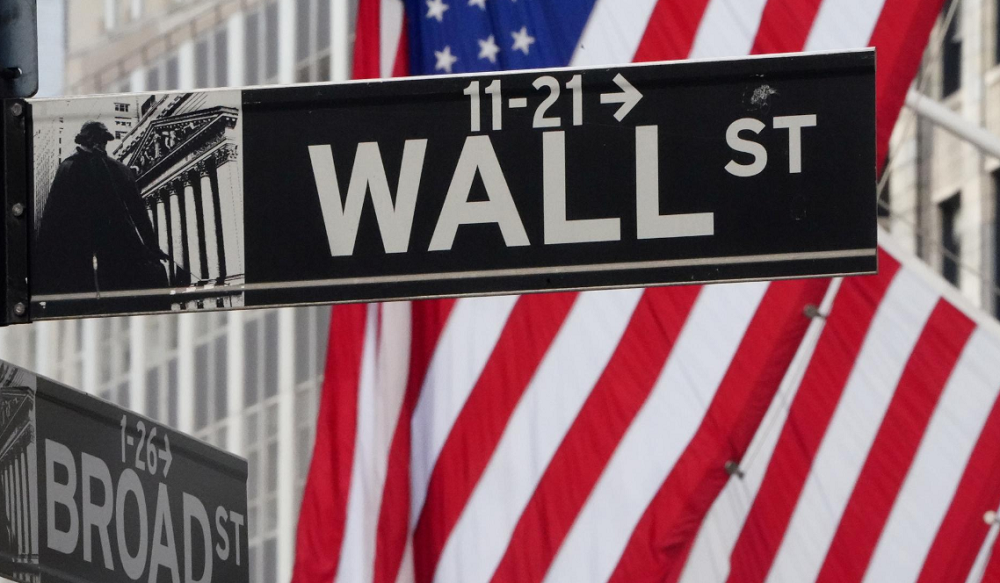As S&P 500 selloff approaches 20%, what next?
March 12, 2020 @ 11:56 +03:00
Fear about the coronavirus has pulled the S&P 500 down nearly 20% from its record high. So what? For many investors, Wall Street’s recent deep losses are marking the end of the longest S&P 500 bull market on record, and their question now is, how deeply will a new bear market fall before recovering?
Following three weeks of volatility on Wall Street, the S&P 500 will be confirmed to be in a bear market – by a traditional definition – if the benchmark extends its decline to 20%. The Dow Jones Industrial Average on Wednesday tumbled 5.86%, bringing its loss from its Feb 12 high to 20.30%, confirming it has entered a bear market. The S&P 500 fell 4.89%, extending the loss from its Feb 19 record high to 19.04% for the first time.
The Nasdaq dropped 4.70% and is now down 19.0% from its high, also on Feb 19. The latest investor pessimism came after the World Health Organization classified the coronavirus outbreak as a pandemic, and after Reuters reported that the White House had ordered top-level coronavirus meetings to be classified.
Further deep declines on Wall Street may depend on whether the health crisis pushes the U.S. economy into its first recession in over a decade. Many investors generally consider a bear market to be marked by a 20% drop in a security or benchmark from a major high, a development often accompanied by long-term pessimism and more declines. By that measure, the S&P 500 has experienced eight bear markets since the 1960s, according to Yardeni Research.
However, strategists warn the arbitrary 20% definition of a bear market is more useful for examining history than for making predictions in the midst of a dramatic selloff. A 20% decline in and of itself does not necessarily mean things are about to get even worse.
As S&P 500 selloff approaches 20%, what next?, Reuters, Mar 12








